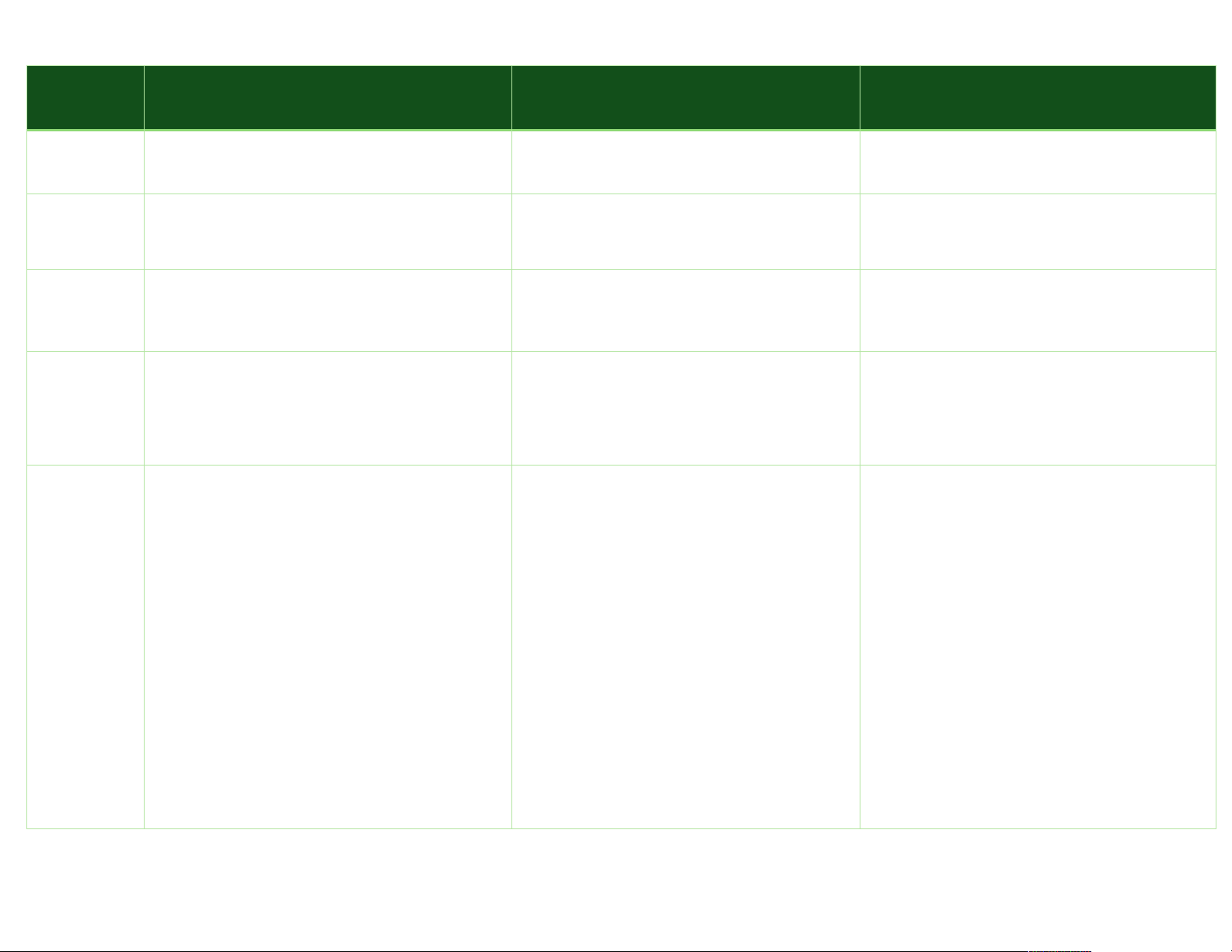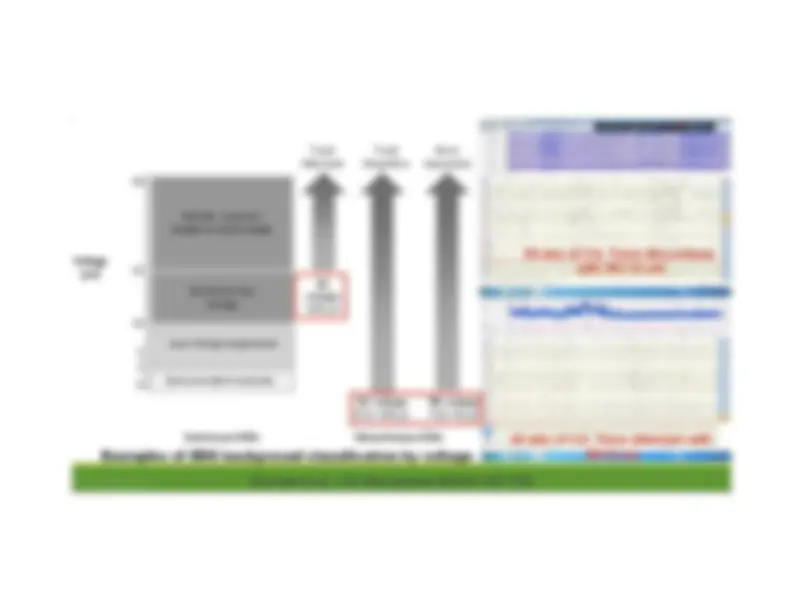



Study with the several resources on Docsity

Earn points by helping other students or get them with a premium plan


Prepare for your exams
Study with the several resources on Docsity

Earn points to download
Earn points by helping other students or get them with a premium plan
Community
Ask the community for help and clear up your study doubts
Discover the best universities in your country according to Docsity users
Free resources
Download our free guides on studying techniques, anxiety management strategies, and thesis advice from Docsity tutors
A part of "Essential Concepts for the R.EEG.T Exam" – Includes Tables, Diagrams, and Illustrations. Table of contents: 44 pages - Filters, time constant. common mode rejection and digital EEG setting parameters - Montages - Normal varients - Artifacts - Increasing beta/fast activities - N2 sleep and Arousal pattern - Pediatric EEG and syndrome by age group - Neonatal sleep wake pattern - Pediatric epilepsy syndrome by interictal pattern - Differential of sleep provoked seizure - Photic stimulation - Hyperventilation - Lateralization - Severity of encephalopathy and EEG pattern - Rhythmic delta - Clinical seizure correlate with EEG - Seizure semiology
Typology: Cheat Sheet
1 / 3

This page cannot be seen from the preview
Don't miss anything!


Aspect PMA 24-3 4 Weeks (Preterm) PMA 3 5 -4 5 Weeks (Term) Infant > 3 months Total Sleep Duration 16-18 hours per day, with frequent awakenings 16-18 hours per day, with more continuous sleep cycles 7-9 hours per night, with consolidated sleep periods Sleep Cycles It is hard to distinguish esp. before 30 weeks Awake->AS (50%) -> QS (50%) Awake->N1(5%) ->N2(50%)->N3(20%)-
REM (25% or about 90 min) Awake Eye open EEG =Activite Moyenne (medium activity) : continuous 25-50 uV mixed theta, delta override beta PDR start to reactive at 3 mo and turn from delta/theta to alpha (8Hz) at 3 yo REM Sleep (Active Sleep: AS) Body moves but no rapid eye movement Gradually less body movement, more rapid eye movement, same EEG feature Rapid eye movement -no body moves NREM Sleep (Quiet Sleep: QS) respiration irregular QR After 30 weeks: Trace discontinued (look-alike burst suppression, <25 uV ) Delta brush (28- 42 wks) Temporal Temporal theta Monophasic occipital delta (DDx with rsp artifact may fast up to 200/s) Trace alternate (Alternate tracing 50- 150 uv with 25-50 uv interburst )which gradually replaced with continuous slow wave Delta brush faded replace with sleep spindles Continuous slow wave sleep in N Sleep spindle - asynchronus until 2 yo Hypnagogic hypersynchrony – falling sleep, Hypnopompic hypersynchrony – awaking( 1-10 yo)
Enoch frontalae (34-46 wks)